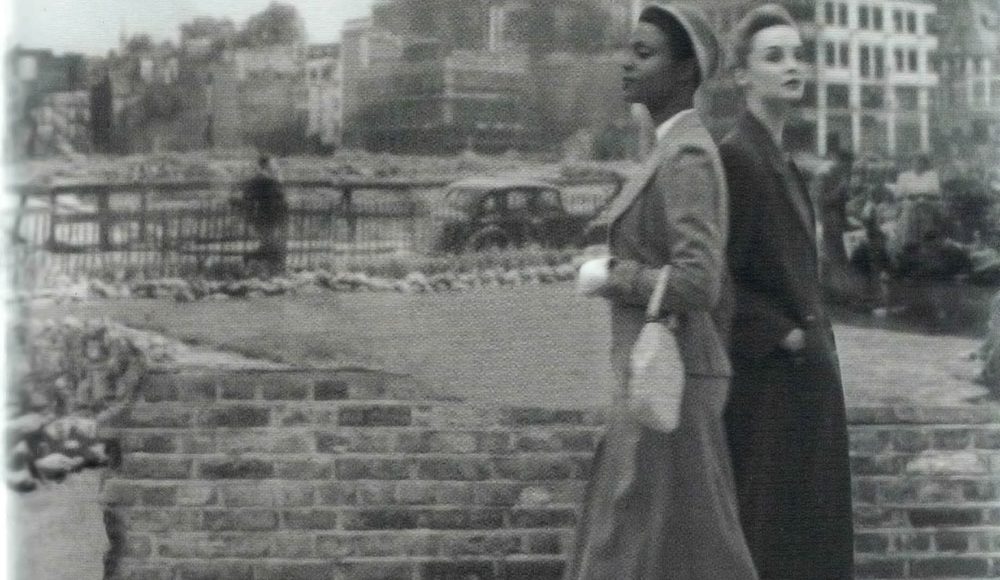The National Theatre brings the tangled story of Small Island vividly to the stage
Elleke Boehmer
The National Theatre production based on Andrea Levy’s unforgettable novel Small Island (April–August 2019) brings all the heart and angst of this tangled story vividly to the stage.
The novel and now the epic play adapted by Helen Edmundson tells the story of four characters, two Jamaicans and two Britons, Hortense, Gilbert, Queenie and Bernard, whose lives are impacted by the global events of the mid-twentieth century, war and immigration. The key pivot around which the action turns is the arrival at Tilbury of the SS Empire Windrush, movingly evoked at the end of the first half using projection onto a rippling screen. Throughout, the scenography – a hurricane in Jamaica, a war film in Lincolnshire – was incredibly atmospheric and well done.
The three-hour production sticks faithfully to the story-line, which made it too episodic and linear for some audience members, though for many others the neat patterns and parallels helped to give the actions resonance and density. Particularly striking was how we were made to see again and again that tiny misperceptions and shifts of decision can determine the shape of the rest of our lives – like Queenie going to the cinema with Gilbert and her father-in-law Arthur, which leads to Arthur’s death; or Hortense bumping into her friend Celia and Celia’s beau Gilbert in Kingston, after which she ends up marrying Gilbert. These effects were enhanced by telling the story forwards from two geographical perspectives, the two islands of the title, and these were captured in the division of the revolving stage into halves, Jamaica on the one side, English interiors on the other.
For the more critical viewer there was a slightly congratulatory aspect to the story-telling, with the racist remarks of characters like Bernard represented as if they were in the past, rather than still current and cutting on the streets of Britain today. The adoption of Queenie’s baby Michael that ends the play (and the novel) also produced mixed reactions. The handover of the child to a still-hesitant Hortense and Gilbert was presented using a grand tableau scene that was moving but also glossed over the many difficulties involved in this act. The symbolism of reconciliation and coming together at this point overrode emotional plausibility.
Even so, the audience seemed to troop out of the theatre animated and pleased. This was a story and a production full of heart, and the four central character portrayals were very strong indeed. Leah Harvey as the uptight and straight-talking Hortense was outstanding.
Cite this: Boehmer, Elleke. “The National Theatre brings the tangled story of Small Island vividly to the stage” Postcolonial Writers Make Worlds, 2019, [scf-post-permalink]. Accessed 29 January 2022.
